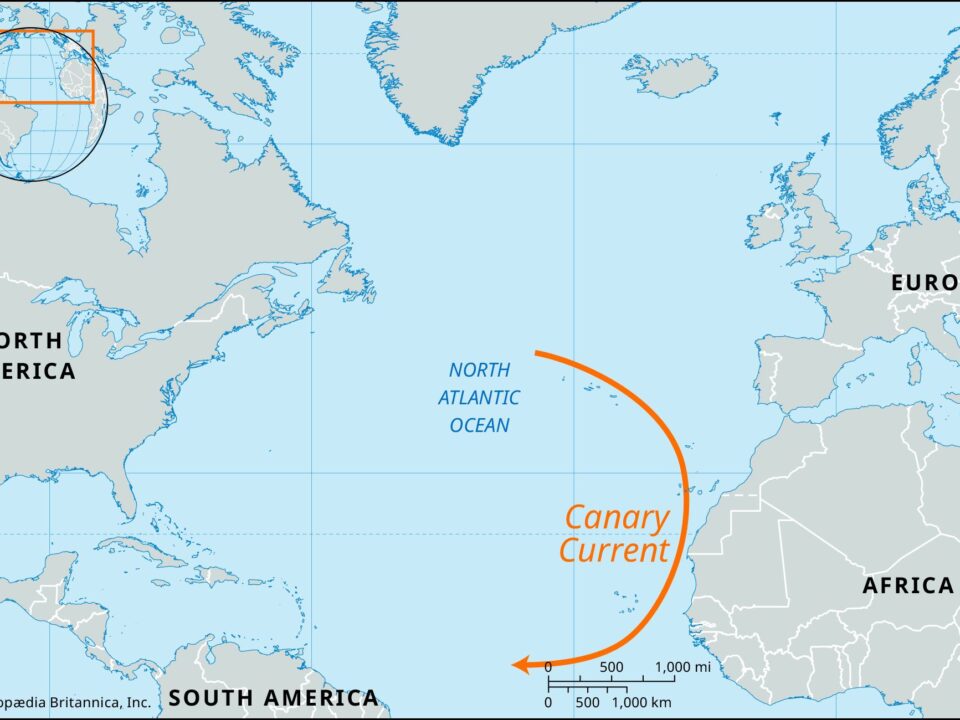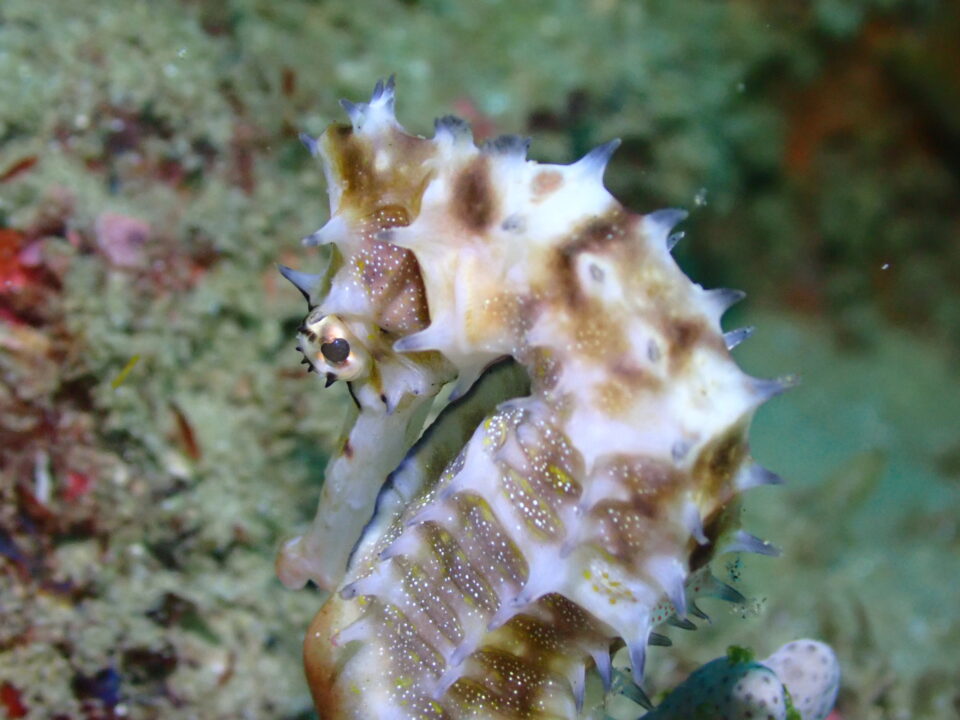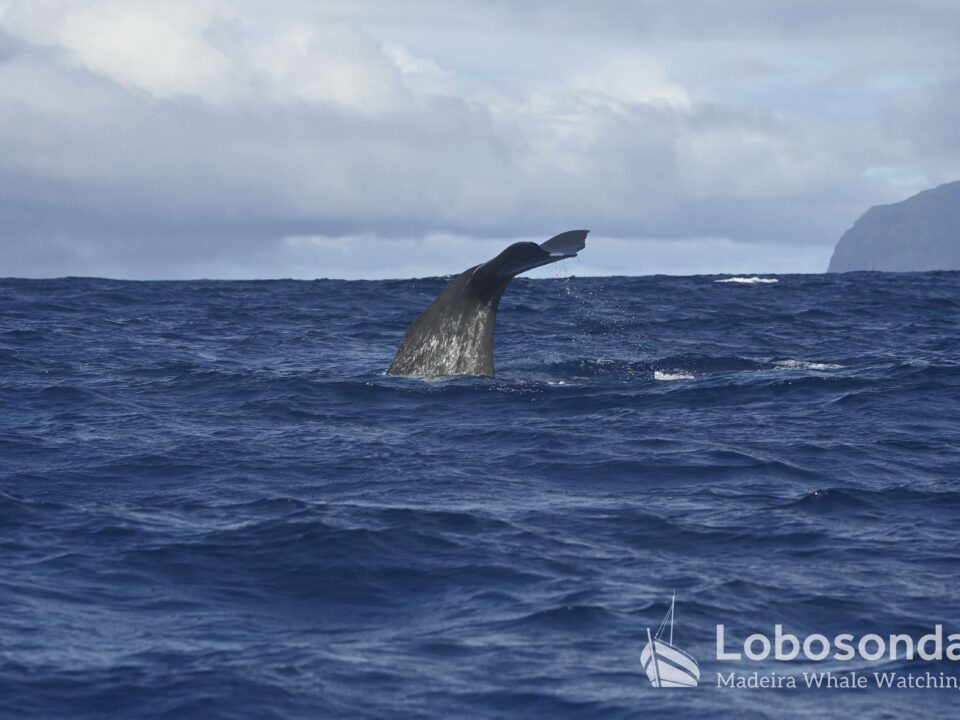Christmas surprise – Lobosonda’s dictionary of gratitude!
December 11, 201728.11.2017 – Spotter´s work of art – Marine animals collection
December 14, 2017The archipelago of Madeira is famous for its unique and dramatic landscape, including a steep coast. From above there, you have great views on the coastline and the surrounding Atlantic Ocean. Everywhere, the visitor have the chance of stopping by at a place called “Miradouro” which means a lookout. Also at other places, like the Art Center Casa das Mudas (Southwest coast of Madeira) or even from above a banana field, there are good views at the oceanic wideness.
Up there, half away between the cliffs, Carlos Drumond, knows very well the good spots. His places of work are located in around 500m above sea level. Carlos is Lobosonda´s (Whale Watching company) full-time spotter. The area in which he works includes the coastline from Ponta do Sol, west of Encumeada canyon up to Paul do Mar, a little fisher village in the west. Sometimes he even spots at the light house near Ponta do Pargo.
Carlos has a leading influence on the success rates of whale and dolphin sightings of the company. At a daily schedule, he remains for many hours in the boiling heat, mostly on its own on his look-out. He has to beat the heat and must be resistent. His gear includes several high definition binoculars, some of them sitting on a tripod, a mobile phone and a pair of eagle eyes, which see even the tiny details far away.
In former times when whaling around Madeira was still going on, on strategical points alongside of the coast, you could find so called Vigia look outs. A kind of small houses, giving the Vigia (spotter) shelter from wind and rain. As soon as the tracker saw the blow of whales, he fired off a signal flare in order to inform his colleagues down by the coast. When they saw or hear the signal, they were running to the boats, going out on sea in order to kill the spotted whales. Above the little town of Caniçal, where whaling began in Madeira, there are still some ruins of a lookout house. In the Whalemuseum, you can see the former work place as a model-exhibit of a vigia.
On many days it is really challenging to spot small dorsal fins in a choppy sea. But Carlos masters this very well. He locate marine mammals, up to 6-7 sea miles in distance, for his colleagues down at the sea. Helpfull “assitants” are also the oceanic birds like Shearwaters or Bulwer petrel. When they are excited and feeding on small fish or squid with other marine creatures, they circulate above the water surface. Often, they are not feeding alone. Dolphins and Whale could be there as well, having a feast. So birds can help a spotter to detect other marine animals.
Beside this, a good spotter knows a lot about the different behaviours of the marine mammals. Carlos successfully identifies them from far away. He understands if there are shy beaked whales, or active atlantic spotted dolphins, jumping out high while they are feeding. When he spots a blow of a whale, Carlos recognizes if it is from a Spermwhale blow or a Baleen blow. Having this detail knowledge is crucial for success. Also being able to read the traces an animal leaves behind at the ocean surface is important. When whales descent, they leave a kind of spot which is round and can stay for some minutes (calm sea). With these spots, you can follow the direction a whale is moving.
As a true real native son of Madeira, Carlos knows the coastline in his district like the back of his hand. He guides the Lobosonda skippers exactly with details like, milage and landmarks to the places at sea, where the boat with the guests can then observe the marine mammals.
During many days, this procedure can be quickly successull. On other days, especially when the sky is misty or the sea is stirred up, the view up on the sea is limited. Then it needs patience and insistence. The most important thing is to manage the own resources in a clever way. Especially if you zoom on the reflecting sea surface, your eyes get tired. So Carlos needs to make breaks. But in those breaks, Carlos is not restless.
by Astrid Haas









1 Comment
Well done written, the “story” of the spotter Carlos it looks a easy job but it’s not , you have to have skills to be a good spotter, and most of all you have to love it what you do. Be patient , know the behavior of birds , behaviors of animals and more…more…
Congratulations for all the team “Family” of Lobos Sonda